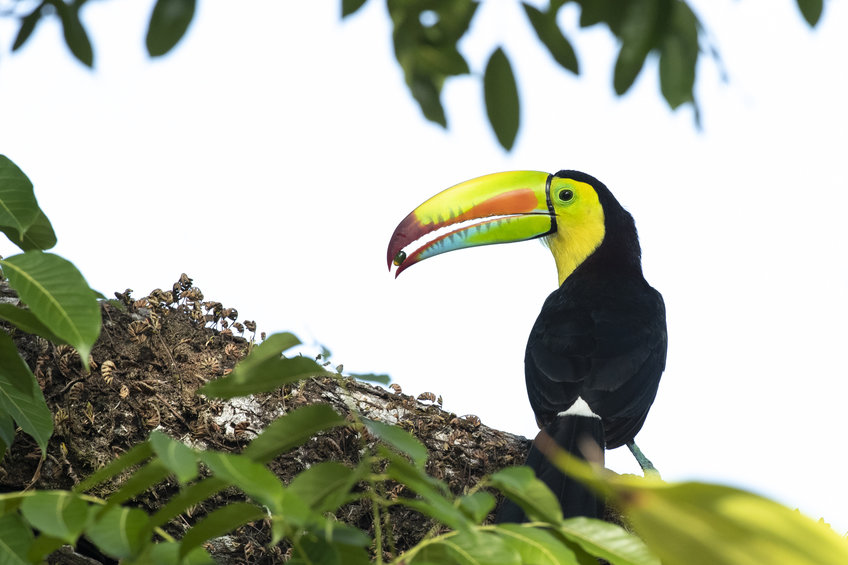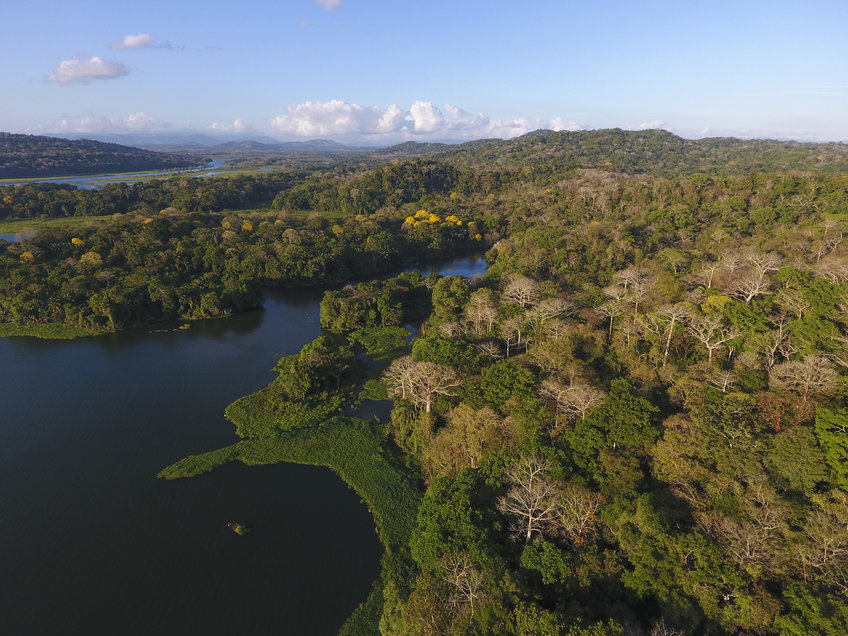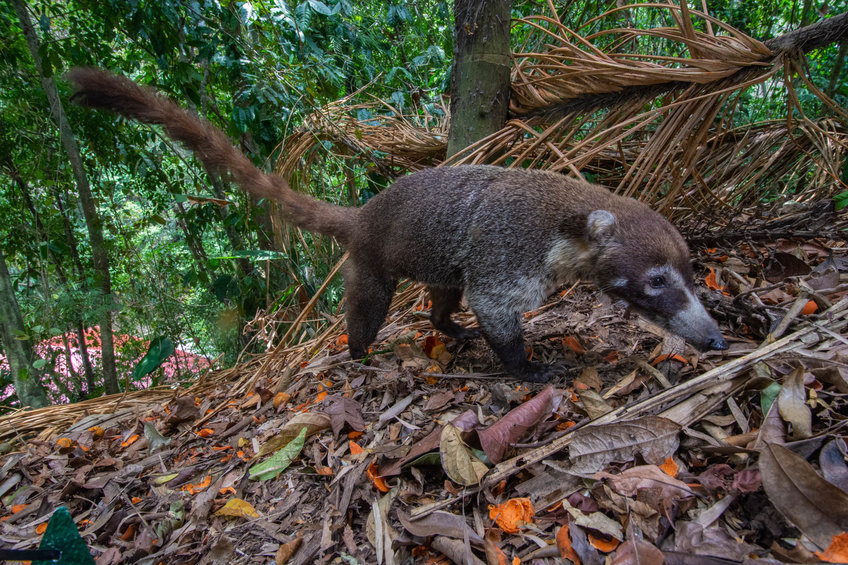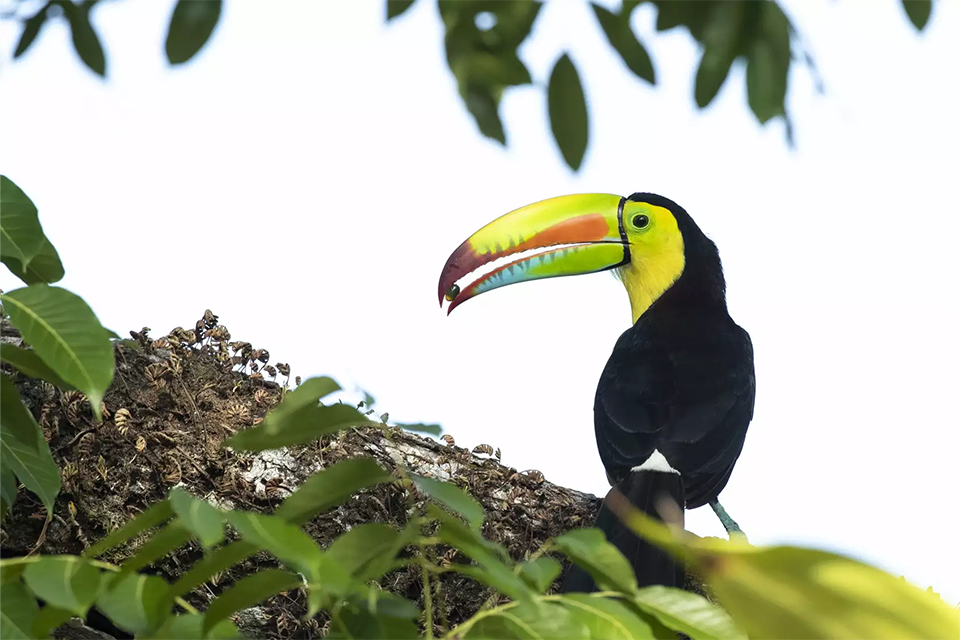By dispersing seeds, animals can rapidly reestablish plant diversity in degraded forests
As UN climate talks close in Egypt and biodiversity talks begin in Montreal, attention is on forest restoration as a solution to the twin evils roiling our planet. Forests soak up atmospheric carbon dioxide and simultaneously create habitat for organisms. So far, efforts to help forests bounce back from deforestation have typically focused on increasing one thing—trees—over anything else. But a new report uncovers a powerful, yet largely overlooked, driver of forest recovery: animals. The study by an international team from the Max Planck Institute of Animal Behavior, Yale School of the Environment, the New York Botanical Garden, and the Smithsonian Tropical Research Institute examined a series of regenerating forests in central Panama spanning 20 to 100 years post-abandonment. The unique long-term data set revealed that animals, by carrying a wide variety of seeds into deforested areas, are key to the recovery of tree species richness and abundance to old-growth levels after only 40 to 70 years of regrowth.

“Animals are our greatest allies in reforestation,” says Daisy Dent, a tropical ecologist from the Max Planck Institute of Animal Behavior and the study’s senior author. “Our study prompts a rethink of reforestation efforts to be about more than just establishing plant communities.” The report also notes that situating regenerating forests near patches of old growth, and reducing hunting, encourages animals to colonize and establish. “We show that considering the wider ecosystem, as well as features of the landscape, improves restoration efforts,” says Sergio Estrada-Villegas, a biologist now at Universidad del Rosario (Bogotá, Colombia) and the study’s first author.
Seed dispersal by animals is key to forest expansion. In the tropics, over 80 percent of tree species can be dispersed by animals, which transport seeds throughout the landscape. Despite this, forest restoration efforts continue to focus on increasing tree cover rather than reestablishing the animal-plant interactions that underpin ecosystem function. “Figuring out how animals contribute to reforestation is prohibitively hard because you need detailed information about which animals eat which plants,” says Estrada-Villegas.
Studying frugivore interactions

The forest at the Barro Colorado Nature Monument, in the Panama Canal, offers a unique solution to this problem. In one of the best studied tropical forests in the world, generations of scientists at have documented frugivore interactions to understand which groups of animals disperse which tree species.
In the present study, the team led by Estrada-Villegas and Dent examined this unique long-term dataset to determine the proportion of plants dispersed by four groups of animals—flightless mammals, large birds, small birds, and bats—and how this proportion changed over a century of natural restoration. Their results offer the most detailed data of animal seed dispersal recovery across the longest timeframe of natural restoration. “Most studies examine the first 30 years of succession, but our data spanning 100 years gives us a rare glimpse into what happens in the late phase of restoration,” says Dent.
Dispersal by terrestrial mammals

The study found that young regenerating forests were made up mostly of trees dispersed by small birds. But as the forest aged, trees dispersed by larger birds increased. Surprisingly, however, the majority of plants were dispersed by terrestrial mammals across all forest ages—from 20 years old to old growth. “This result is quite unusual for post-agricultural regenerating forests,” says Dent. “It is likely that the presence of large tracts of preserved forests near our secondary stands, coupled with low hunting, has allowed the mammal populations to thrive and to bring an influx of seeds from neighboring patches.”
Says Estrada-Villegas: “We hope this information can help practitioners to structure their restoration practices by enabling frugivorous species to help the restoration process and speed up forest recovery.”
